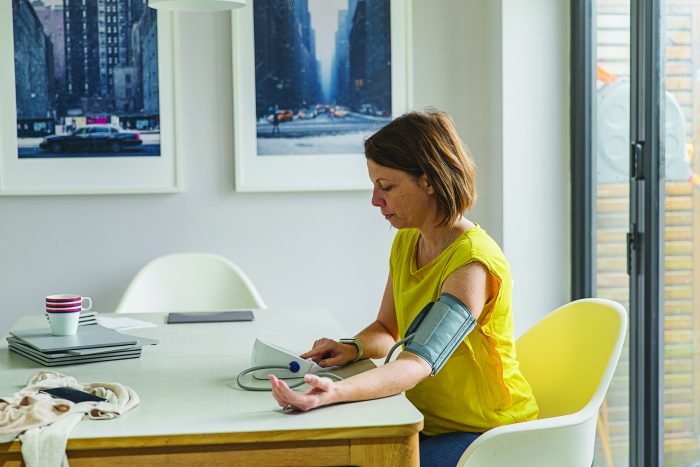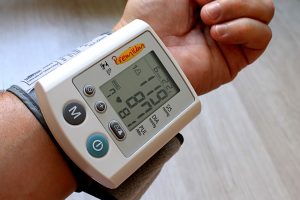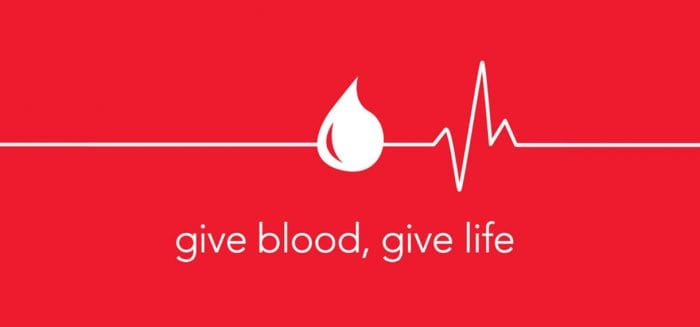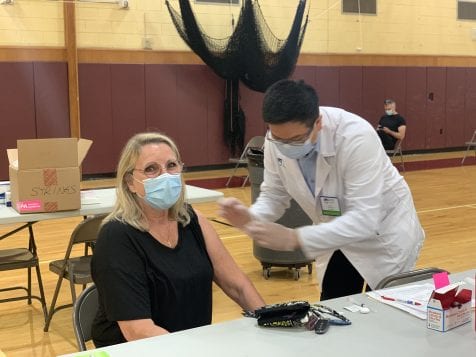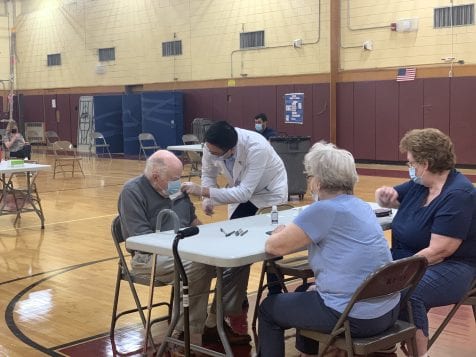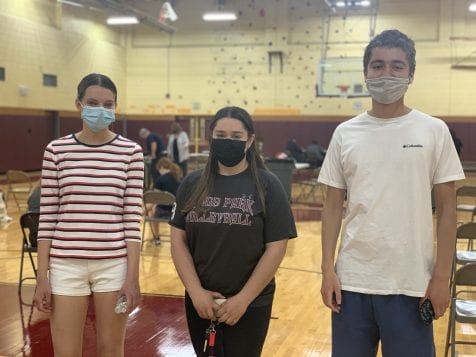By Melissa Arnold
Just about everyone knows the throbbing discomfort of a headache, whether it comes after a long day of work, too little sleep or an oncoming cold. It’s also likely that you’ve heard someone say they have a migraine when the pain becomes severe.
But the truth is that migraine is more than just a bad headache, and the term has taken on a variety of meanings, not all of them accurate.
According to the American Migraine Foundation, migraine is an incurable brain disease that affects approximately 40 million people in the United States — that’s 1 in 4 households. In the majority of those cases, at least one close relative has migraines as well, but it’s still uncertain what causes the disease.

Migraine can come with a wide range of neurological symptoms that differ from person to person and day to day. These symptoms exist on a spectrum from sporadic to chronic, mild to incapacitating, and some people can even experience trouble speaking, weakness and numbness in ways that mimic a stroke.
“Migraine is more than just pain. While the pain is often moderate to severe, one sided and throbbing, there are other characteristics,” said headache specialist Dr. Noah Rosen, director of the Northwell Headache Center in Great Neck.
“The individual must also have either sensitivity to light and noise or nausea to meet the full definition. This can worsen with movement, and many people also develop associated skin or hair sensitivity. Many people may also experience changes in mood, energy level and appetite. About 20% of migraine patients may also have aura with their migraines, which is a brief, fully reversible neurological deficit. Auras can cause visual changes, sensation changes and sometimes weakness.”
For Cat Charrett-Dykes, migraines have been a regular part of her life since she was 13 years old. She would see sparkles and spots and go through bouts of nausea and vomiting, all while feeling like a knife was stabbing through her head. At school, she had trouble reading and finding the right words. “I felt like Dorothy in ‘The Wizard of Oz.’ Some of my siblings also had migraine occasionally, but not to the same degree,” said Charrett-Dykes, who lives in Holtsville.
The attacks were relatively easy to tame until after the birth of her first child. Then, as is common, her migraines became more severe and frequent. She saw countless healthcare providers, who couldn’t agree on a diagnosis: They suggested she had anxiety, allergies, epilepsy. One even asked if her ponytail was too tight.
Unfortunately, getting a proper diagnosis and care can be a problem in the migraine community. The World Health Organization reports that more than half of all people with migraine haven’t seen a doctor for their condition in at least a year. Many more have never been formally diagnosed. While seeing a neurologist can be useful, not all neurologists are experts in headache disorders.
“Only about 700 people in the country are certified headache specialists, and the field of headache medicine is not yet formally recognized by the federal government, so there are limits on the field’s growth despite how common the condition is,” Rosen explained. “During my time as a resident physician I was seeing severely disabled patients with headache disorders end up in the emergency room, yet I had almost no education in that area, in part because of how underserved the condition is. It is often ignored, stigmatized and mistreated.”
Charrett-Dykes waited decades to find someone who understood her.
“It wasn’t until 2003 that I was finally diagnosed. As soon as the physician’s assistant walked into the room, he took one look at me and turned off the lights,” she recalled. “No one had ever done that before. He said, ‘You have migraines, don’t you? I know that face. My wife has migraines, too.’ It was such a relief.”
Still, a diagnosis is only the beginning of the migraine journey. Treatment is focused on identifying the person’s unique triggers — perhaps certain foods, scents, strenuous activity, or an irregular schedule — along with the precise combination of medications and other options to help ease their symptoms. There is no magic bullet, and finding treatment that helps can be challenging.
“Trigger identification and avoidance is a great thing to try, but not always possible. Raising the ‘threshold’ required to set off a migraine can be done with pharmacological or non-pharmacological approaches,” Rosen said. “Of the medications that are available now, some are preventive and some are acute (or abortive). The preventive treatments help avoid getting the headache in the first place. Healthy habits like regulating sleep, diet, hydration and stress can reduce frequency, as can some vitamin supplements, complementary practices like acupuncture, biofeedback, mindfulness and regular cardiovascular exercise.”

The process of trial and error is exhausting for many people with migraine, including Nancy Harris-Bonk of Albany, who’s tried countless doctors and medications since her first migraine attack as a young teen. At one point, she was taking the highest dose of oxycodone allowed under a doctor’s care and still having 25 or more migraine days each month.
“I just wasn’t recovering, so I went online and started looking for answers,” said Bonk, whose episodic migraines turned chronic after a fall left her with a traumatic brain injury. “I was able to make contact with someone else who had migraine attacks, and it opened a door for me. I learned that I wasn’t alone and that there were treatment options. It made me want to help educate others about migraine disease and how to live with it.”
Downstate, Charrett-Dykes had similar goals. She founded Chronic Migraine Awareness, Inc. (CMA) in 2009, a simple chat group that later grew into a multifaceted nonprofit connecting people with resources, specialists, and one another. CMA’s main Facebook group now has 12,000 members around the world, with several smaller groups for specific demographics and topics. They also provide care packages for people with migraine, support caregivers, and lead advocacy efforts.
Bonk eventually qualified for Social Security Disability Insurance, freeing her up to focus on her well-being while acting as a resource for others. She still has about 15 migraine days a month, but medication changes and a knowledgeable healthcare team have made life a lot more manageable, she said. She serves on the board of CMA and works with the National Headache Foundation’s Patient Leadership Council; the Coalition for Headache and Migraine Patients (CHAMP); and Migraine.com.
“Learning all you can about migraine disease, knowing what it is and what it isn’t, can make a big difference when it comes to seeking care and advocating for yourself,” Bonk said. “Forming connections with others who have similar experiences is important so we know we’re not alone. This disease can leave us feeling isolated, frustrated and overwhelmed … talking with others who are going through a similar journey is validating and a great comfort. ”
While each of these organizations has a unique focus, they all share a desire to increase knowledge and awareness of migraine disease.
“The pain of migraine is not like other pain and should not be treated like that. It needs to be discussed and not just treated,” Rosen said. “The stigma of people with migraine having a low pain tolerance is also nonsense. I have been impressed on a daily basis by the strength, resilience and resourcefulness of these patients.”
June is Migraine and Headache Awareness Month. To learn more, visit www.migraine.com. To connect with others, visit CMA’s website at www.chronicmigraineawareness.org. The Northwell Headache Center has several locations on Long Island and telehealth appointments are available. For information, call 516-325-7000 or visit www.northwell.edu/neurosciences/our-centers/headache-center.


